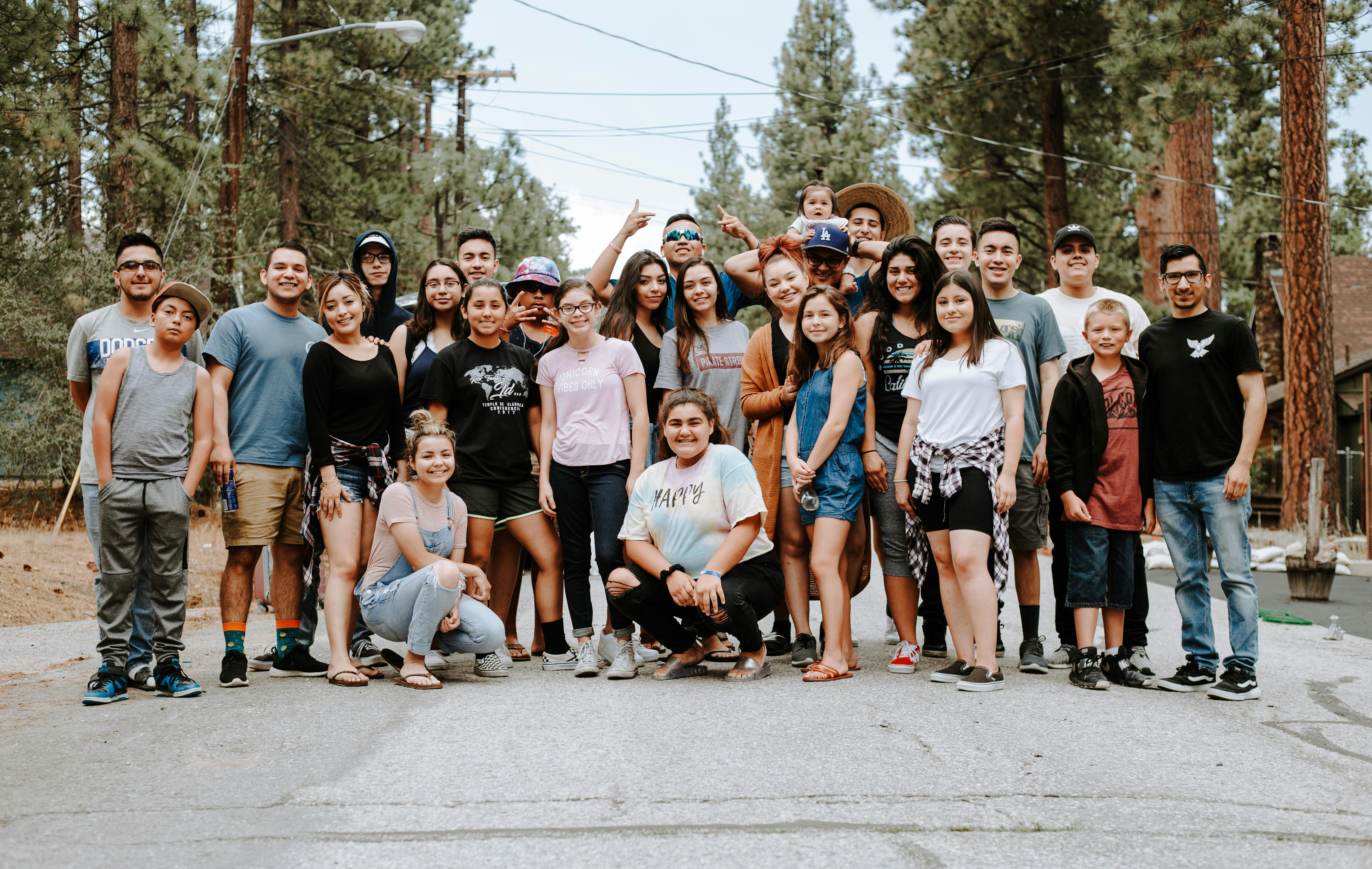Estimated reading time: 2 minutes, 41 seconds
Nonprofits Using Social Media to Engage and Share, Sage Survey
Sage North America has announced the results of its recently conducted social media survey for nonprofit organizations in the U.S. and Canada. One of the most interesting findings: 91% of respondents raise funds online, but only 58 percent of those nonprofits using social media cite fundraising as a goal for using it. “Sharing our story,” building a community, public relations, and donor engagement/retention – not raising funds – were listed as the nonprofits’ top reasons for engaging in social media.
“Nonprofit organizations are already using social media channels to participate in conversations with their constituents, but we’re finding that the majority of them are still trying to balance using social media as a vehicle for fundraising with their internal time and resource capacity to take advantage of it,” said Krista Endsley, senior vice president and general manager for Nonprofit Solutions at Sage. “It seems that social media still hasn’t become part of nonprofit organizations’ everyday activities, perhaps simply because the organizations don’t think they have enough expertise or time to do so.”
While online donations are growing, organizations are still trying to unite their social media strategies effectively with their fundraising campaigns.
“The most successful nonprofits are capitalizing on social media, not by simply tweeting a link to their donation form, but by using it as part of an integrated campaign,” said Endsley. “Multiple touches with constituents are what result in donations. Social media is helping nonprofits engage in more ‘touches’ with more donors and, ultimately, raise more funds.”
Other findings from Sage’s social media survey for nonprofit organizations include:
88% of survey respondents are using some form of social media; more than half of them have been using social media for less than a year45% of survey respondents that haven’t adopted social media are unsure of the relevance and advantages to their organization; other respondents cited lack of time and resources and lack of understanding and expertise as reasons for not participating in social mediaThe most popular type of social media used is general social networking sites like Facebook and MySpace, followed by blogging and microblogging; and YouTube is also widely used70% recognize social media as either very or somewhat important to their organization, while only 9% are very satisfied20% of respondents spend more than five hours per week using social media
Sage’s social media survey, sent via e-mail to The Chronicle of Philanthropy newspaper subscribers with development titles from organizations with annual operating budgets (AOBs) of more than $500K, received a 17 percent response rate. Topics addressed in the survey included types of social media; specific social media tools; types of social media activities; social media goals and success; reasons for not participating in social media; and acceptance of online donations.
Sage helps more than 2.9 million small and mid-sized businesses and nonprofits in the U.S. and Canada, like the American Lung Association and Big Brothers Big Sisters of Central Texas, increase efficiency and more easily manage their operations – from fund accounting, fundraising, and donor management, to online donation processing, human resources, health care, and payroll – through the use of technology. For more than 30 years, the company has been helping nonprofit organizations further their missions and better serve constituents through the use of technology.
Latest from News
- Kentucky Nonprofit Expands Program, Connecting Tech-Savvy Teens with Local Organizations
- OpenAI's Nonprofit Arm Reportedly Generated $45,000 in Revenue Last Year
- Nonprofit Pays Off Mortgage for Family of Fallen Georgia Tech Officer
- Discover How Nonprofits Can Bridge the Generational Gap in Philanthropy
- Nonprofits Can Now Take Advantage of AI with Social Enterprise Greenhouse Partnership
Most Read
-

-
Feb 16 2009
-
Written by Kurt Martin
-
-

-
Jul 22 2016
-
Written by Jennifer Flaten
-
-

-
Sep 12 2013
-
Written by Jennifer Flaten
-
-

-
Jun 25 2010
-
Written by Bob Alves
-




























